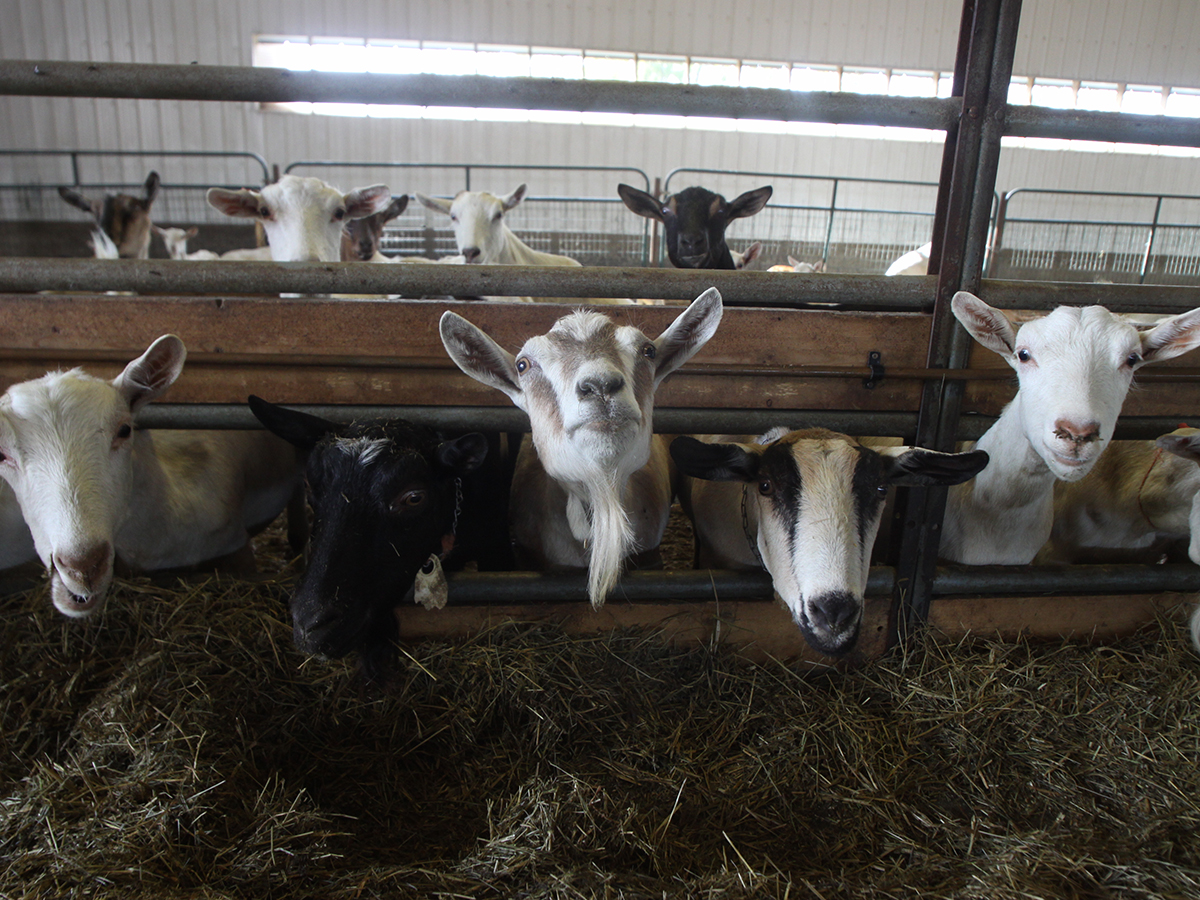The brain and spinal cord are the two components of the central nervous system in the body, which is so vital to an animal’s survival that nature has protected it well.
Apologies in advance for a food reference, but here we go.
The brain and spinal cord are soft and fragile, with the texture comparable to a mixed gelatin salad. Hard bones of the skull and vertebrae encase the brain and spinal cord to protect them from trauma.
Read Also

Lending policy still focused on primary producers: Farm Credit Canada
Farm Credit Canada said it has not changed its business practices and remains committed to supporting all producers, after a report from an Ottawa-based media outlet claimed otherwise.
Between the bone and the fragile nervous system is a tough covering called the meninges, offering another layer of protection.
While essential, these tough levels of protection can also be brutally restrictive and damaging when the brain or spinal cord are injured.
For example, trauma to the head, bleeding and infections are all common causes of brain swelling in animals.
However, with the tough, outer layers of protection, there is limited space for the brain to expand. The increased pressure inside the skull presses on the delicate brain tissue and blood vessels, causing further damage.
A similar process occurs with any type of brain abscess or brain tumour. The expanding mass of tissue follows the path of least resistance and squishes the brain to make room for itself.
Another critical protective feature of the brain is the microscopic blood-brain barrier.
The chief component of this barrier is the cells that line the smallest blood vessels in the brain.
In other parts of the body, these cells have gaps and are leaky, but the brain is a different matter. The cells that make up the blood vessel walls are instead held together to create a nearly-impenetrable network.
This prevents things like proteins and other molecules from leaving the blood and entering the brain. They also exclude infectious agents such as some viruses and bacteria.
The blood-brain barrier makes it difficult for some medications to penetrate the brain, which is a challenge for treating brain diseases from a veterinary perspective.
Pathogens have developed clever ways to gain access to the highly protected areas of the brain and spinal cord. Listeriosis, a disease of cattle, sheep and goats, is one that exploits a work-around for this system.
The bacterium Listeria is present in the environment as well as in poorly fermented silage with higher than normal pH.
Animals with dental disease, or those eating rough forage, experience small amounts of damage to their mouths, which give the bacteria an opportunity to invade the body.
This bacteria moves from the wounds into the nerve endings and then uses the larger nerves of the face to reach the brain. The nerves around the head lead directly back into the brainstem, so this is a clever way to get past the protective barriers.
Once in the brainstem, the bacteria establish small pockets of infection and spread, eventually leading to abscesses and severe clinical signs.
Affected animals are typically mentally dull, may strain their heads up and backward and may also walk in circles or tilt their head in one direction. One side of their face may be paralyzed and there may be excessive drooling.
Eventually, affected animals are unable to stand and may die.
Treatment of this disease is most likely to be successful if detected early, before the bacteria has had a chance to spread widely in the brain because immune cells have trouble accessing this location.
It also requires high doses of antimicrobial medication; the high doses are needed to breach the blood-brain barrier and attack the bacteria within the brain tissues.
With its billions upon billions of connections and the ability to change and adapt, the nervous system is a truly remarkable biological achievement. However, the features that protect it can also contribute to harm in cases of disease.
Dr. Jamie Rothenburger, DVM, MVetSc, PhD, DACVP, is a veterinarian who practices pathology and is an assistant professor at the University of Calgary’s Faculty of Veterinary Medicine. X: @JRothenburger















